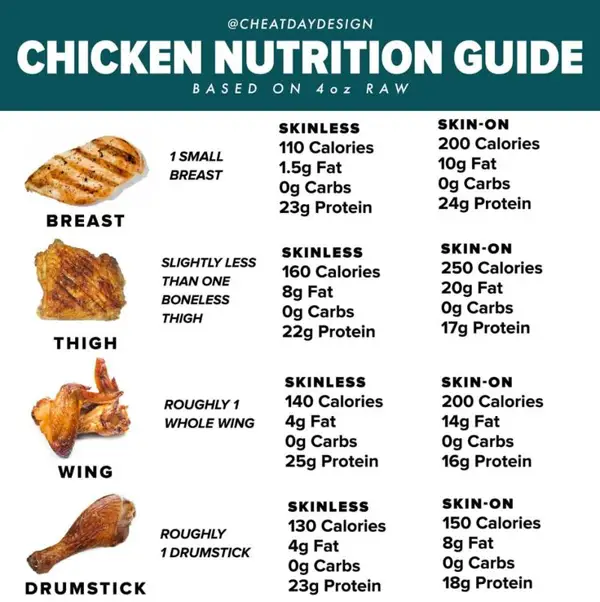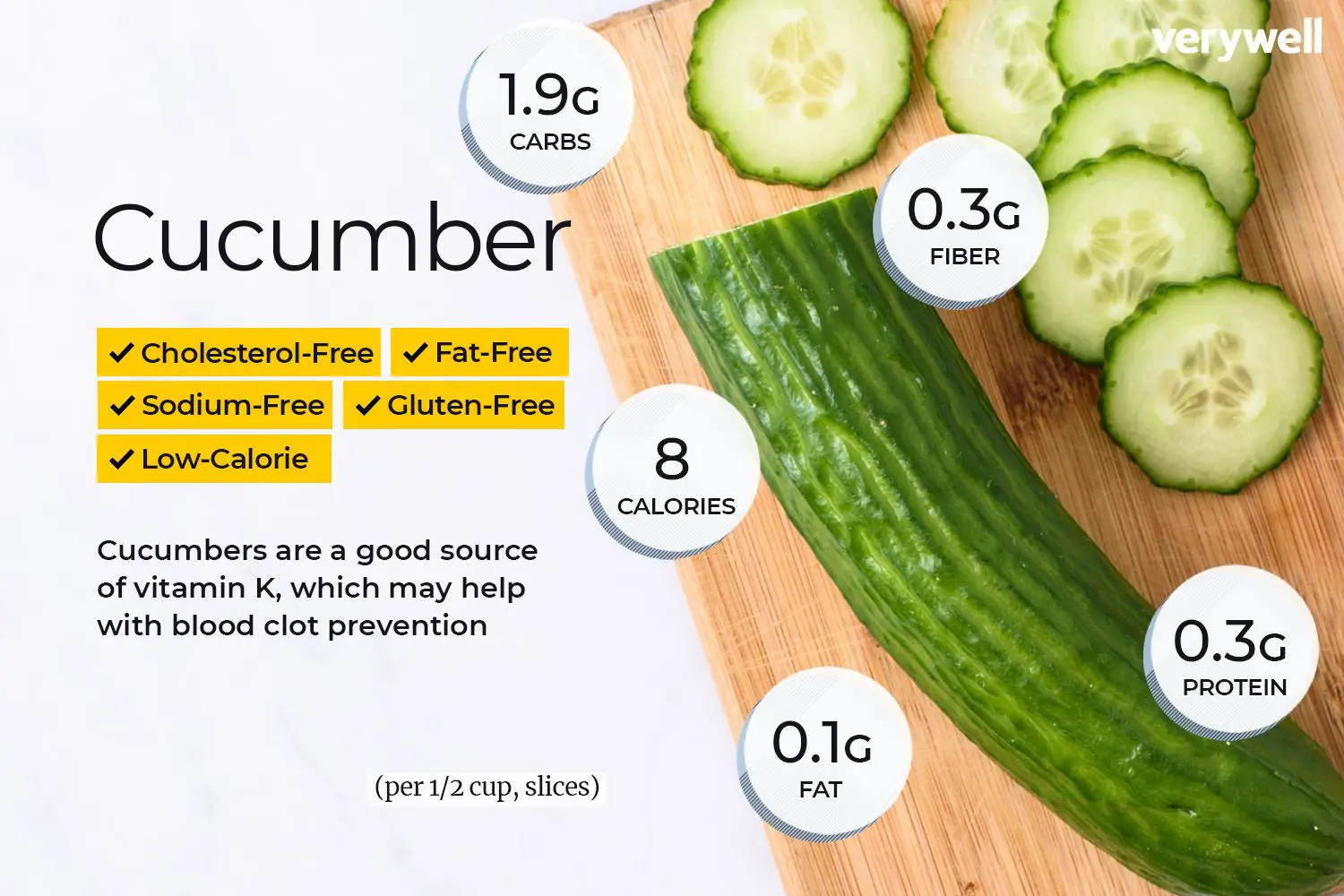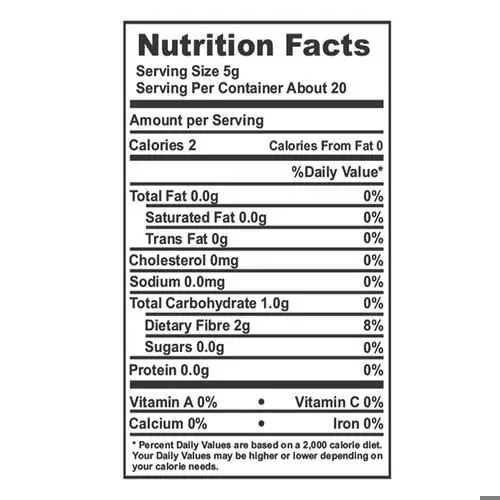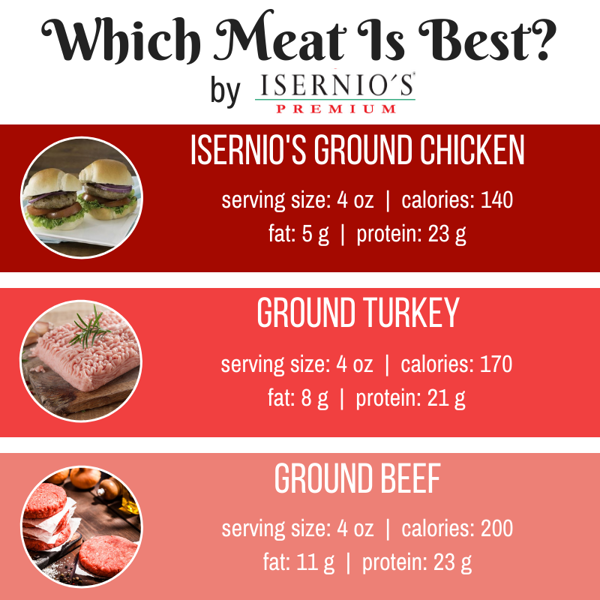Table of Contents:
Calories:
Ground beef typically has more calories per serving compared to chicken. This is due to its higher fat content.
Protein:
Chicken is a lean protein source and is lower in fat compared to ground beef. Therefore, it is a great option for those looking to increase their protein intake without consuming excess calories.
Protein is an essential nutrient that plays a vital role in building and repairing tissues in the body. When comparing ground beef and chicken, both are excellent sources of protein.
Ground beef typically contains more protein per serving than chicken. A 3-ounce serving of ground beef contains around 20 grams of protein, while the same serving size of chicken contains around 18 grams of protein.
In addition to protein, ground beef and chicken also provide important vitamins and minerals such as iron, zinc, and B vitamins. However, it is important to note that ground beef tends to have higher levels of saturated fat compared to chicken.
When incorporating protein into your diet, it is important to choose lean sources of protein such as skinless chicken breast or lean ground beef to minimize saturated fat intake. Both ground beef and chicken can be included as part of a balanced diet to meet your protein needs.

Fat:
Ground beef contains more fat, especially saturated fat, compared to chicken. Excessive consumption of saturated fat can lead to health issues such as heart disease.
When comparing the fat content in ground beef and chicken, there are some key differences to consider.
Ground beef is typically higher in saturated fat compared to chicken. Saturated fat can contribute to heart disease and other health problems, so it's important to consume it in moderation.
On the other hand, chicken is generally lower in saturated fat and calories compared to ground beef. Chicken is also a good source of protein and essential nutrients, making it a healthier option for those looking to reduce their fat intake.
Overall, when it comes to fat content, choosing chicken over ground beef can be a healthier choice for your diet.

Vitamins and Minerals:
Chicken is a good source of various vitamins and minerals, including vitamin B6, niacin, phosphorus, and selenium. However, ground beef also contains essential nutrients such as iron and zinc.
Vitamins and minerals play a crucial role in maintaining our overall health and well-being. When comparing the nutrition of ground beef and chicken, both options offer important nutrients that are essential for our bodies.
Ground beef is a good source of nutrients such as iron, zinc, and B vitamins. These nutrients are important for functions such as energy production, immune system support, and overall health. However, ground beef is also high in saturated fat and cholesterol, so it is important to consume it in moderation.
On the other hand, chicken is a lean protein option that is low in saturated fat and cholesterol. Chicken is rich in vitamins and minerals such as niacin, phosphorus, and selenium. These nutrients support energy metabolism, bone health, and thyroid function.
Overall, both ground beef and chicken can be included in a balanced diet to provide a variety of essential vitamins and minerals. It is important to consider the preparation methods and portion sizes when incorporating these protein sources into your meals to ensure you are meeting your nutrient needs while maintaining a healthy diet.

Saturated Fat Content:
Ground beef is higher in saturated fat compared to chicken. It is recommended to limit saturated fat intake to reduce the risk of heart disease.
Saturated Fat Content: Ground Beef vs. Chicken Nutrition
When it comes to the saturated fat content in nutrition beef tenderloin chicken nutrition, there are some key differences to consider. Ground beef tends to have a higher saturated fat content compared to chicken.
For example, a 3-ounce serving of ground beef typically contains around 7 grams of saturated fat, while the same serving size of chicken breast only has about 1 gram of saturated fat. This means that choosing chicken over ground beef can help lower your saturated fat intake and reduce your risk of heart disease.
It's important to pay attention to the type of meat you are consuming and consider healthier options like chicken when trying to reduce saturated fat in your diet. By making this simple switch, you can improve your overall health and well-being.

Cholesterol Levels:
Chicken is lower in cholesterol compared to ground beef. High cholesterol levels can contribute to cardiovascular diseases, making chicken a healthier option in this regard.
Cholesterol is a type of fat that is found in the blood and can be derived from the foods we eat. When it comes to nutrition, comparing the cholesterol levels in ground beef versus chicken can be insightful.
In ground beef, the cholesterol content can vary depending on the cut of meat. Typically, ground beef has higher cholesterol levels compared to chicken. This is because beef is derived from mammals, which naturally contain higher levels of cholesterol. However, choosing lean cuts of beef and trimming off visible fat can help reduce the cholesterol content.
On the other hand, chicken is a lean protein source with lower cholesterol levels compared to beef. Chicken is a good option for those looking to lower their cholesterol intake, as it contains less saturated fat which can contribute to high cholesterol levels.
Overall, it is important to be mindful of your cholesterol intake and choose lean protein sources like chicken to help maintain healthy cholesterol levels in your diet.

Sodium Levels:
Ground beef can be higher in sodium compared to chicken, depending on the seasoning and preparation methods. Excessive sodium intake can lead to high blood pressure and other health issues.
Sodium Levels in Ground Beef vs Chicken Nutrition
When comparing the sodium levels in ground beef versus chicken nutrition, it is important to consider that ground beef typically has higher sodium content compared to chicken. This is because ground beef is often seasoned with salt during processing, whereas chicken is usually more naturally low in sodium.
It is recommended to be mindful of your sodium intake, as high levels of sodium can contribute to health issues such as high blood pressure and heart disease. Opting for lean cuts of ground beef or skinless chicken breast can help reduce your sodium intake while still enjoying a protein-rich meal.
In conclusion, when choosing between ground beef and chicken, be aware of the sodium levels in each and make choices that align with your health goals. Remember to check nutrition labels and consider cooking methods to further control your sodium intake.

Key Takeaways:
- Chicken is a leaner protein source compared to ground beef.
- Ground beef contains more calories and fat, particularly saturated fat.
- Chicken is lower in cholesterol and sodium, making it a healthier choice for cardiovascular health.
FAQ:
Which is better for weight loss: ground beef or chicken?
Chicken is a better option for weight loss due to its lower calorie and fat content compared to ground beef.
Can ground beef be part of a healthy diet?
While ground beef can be included in a healthy diet in moderation, it is important to choose lean cuts and limit intake of saturated fat.



Recent Comments